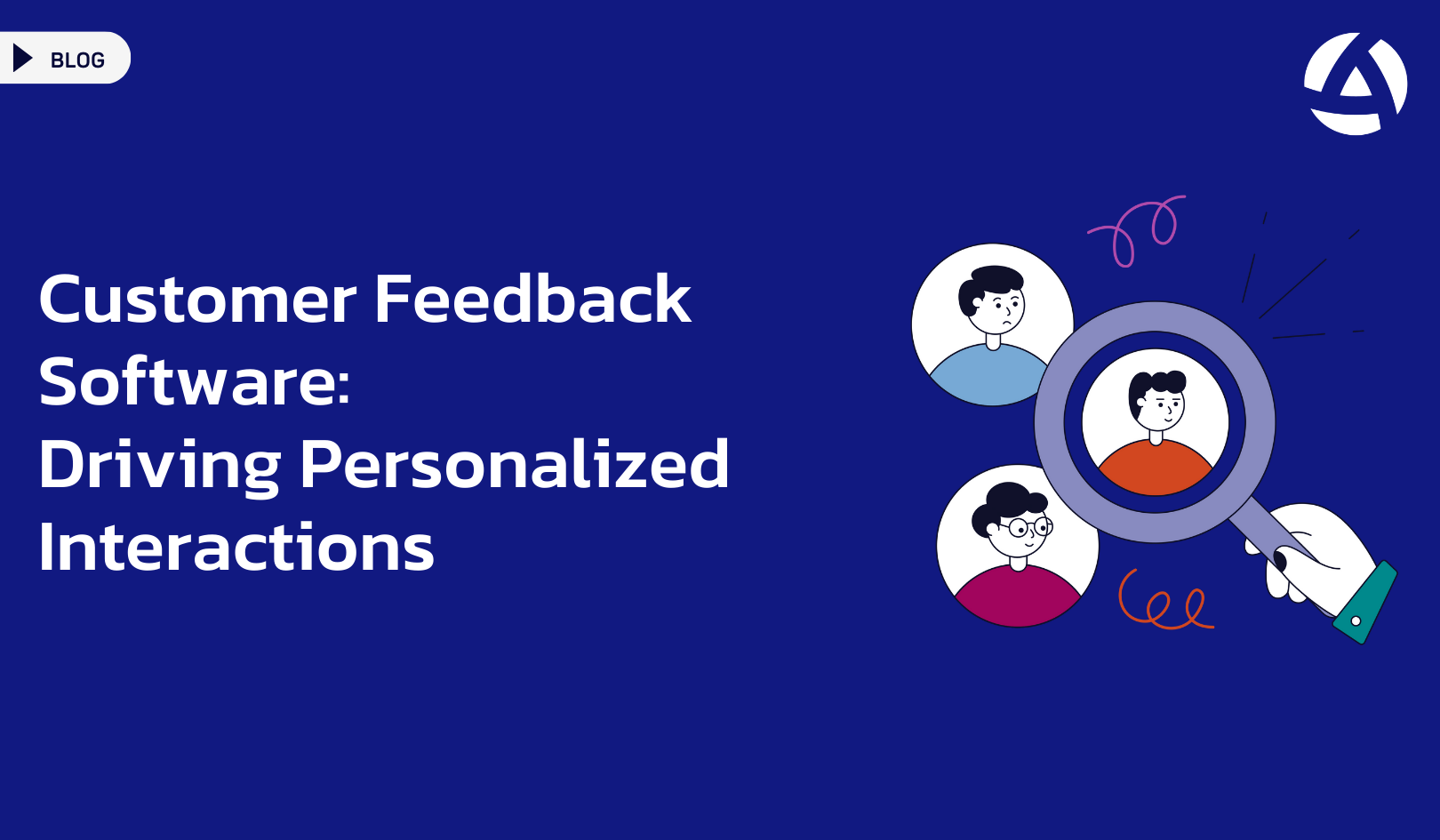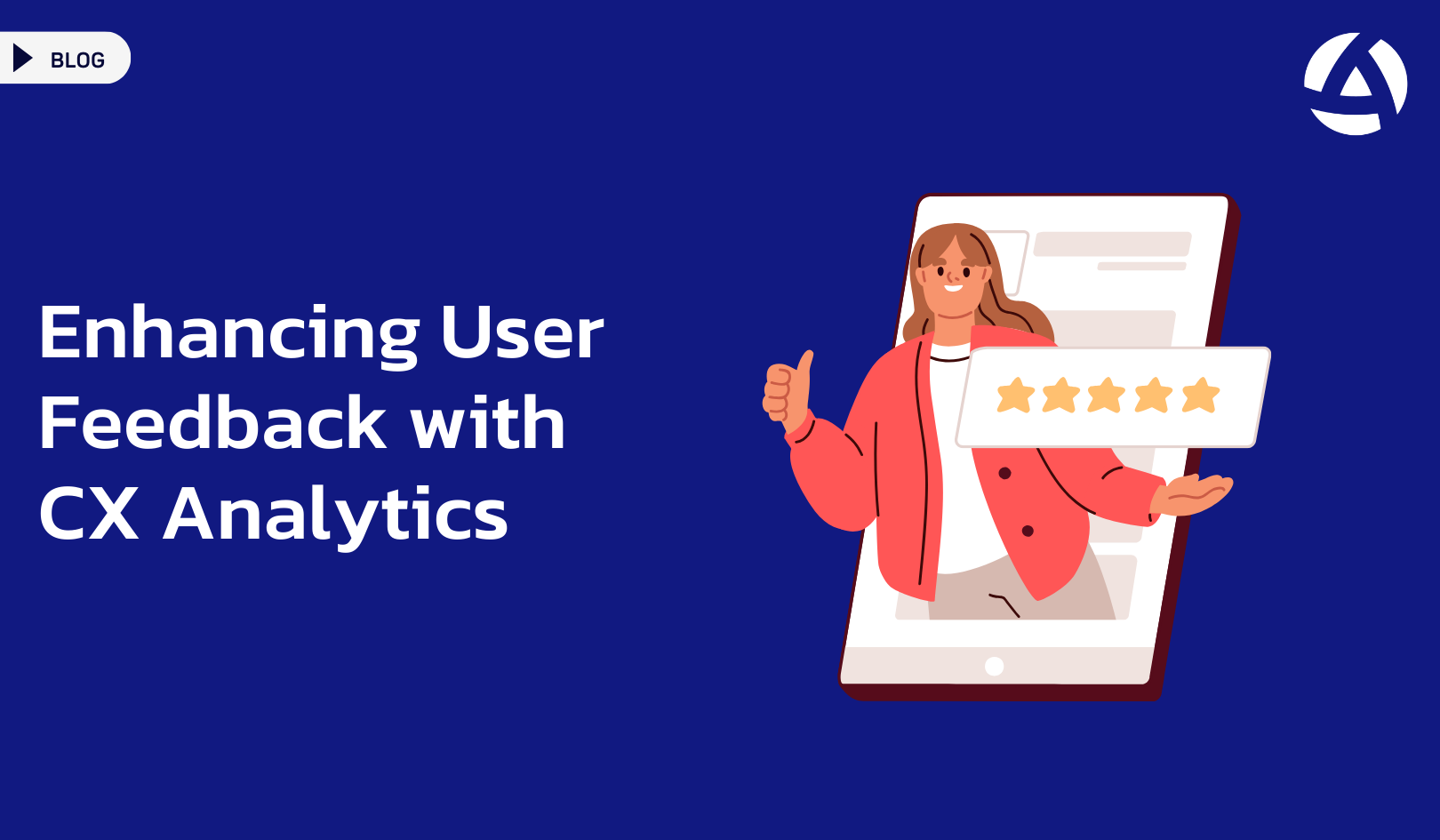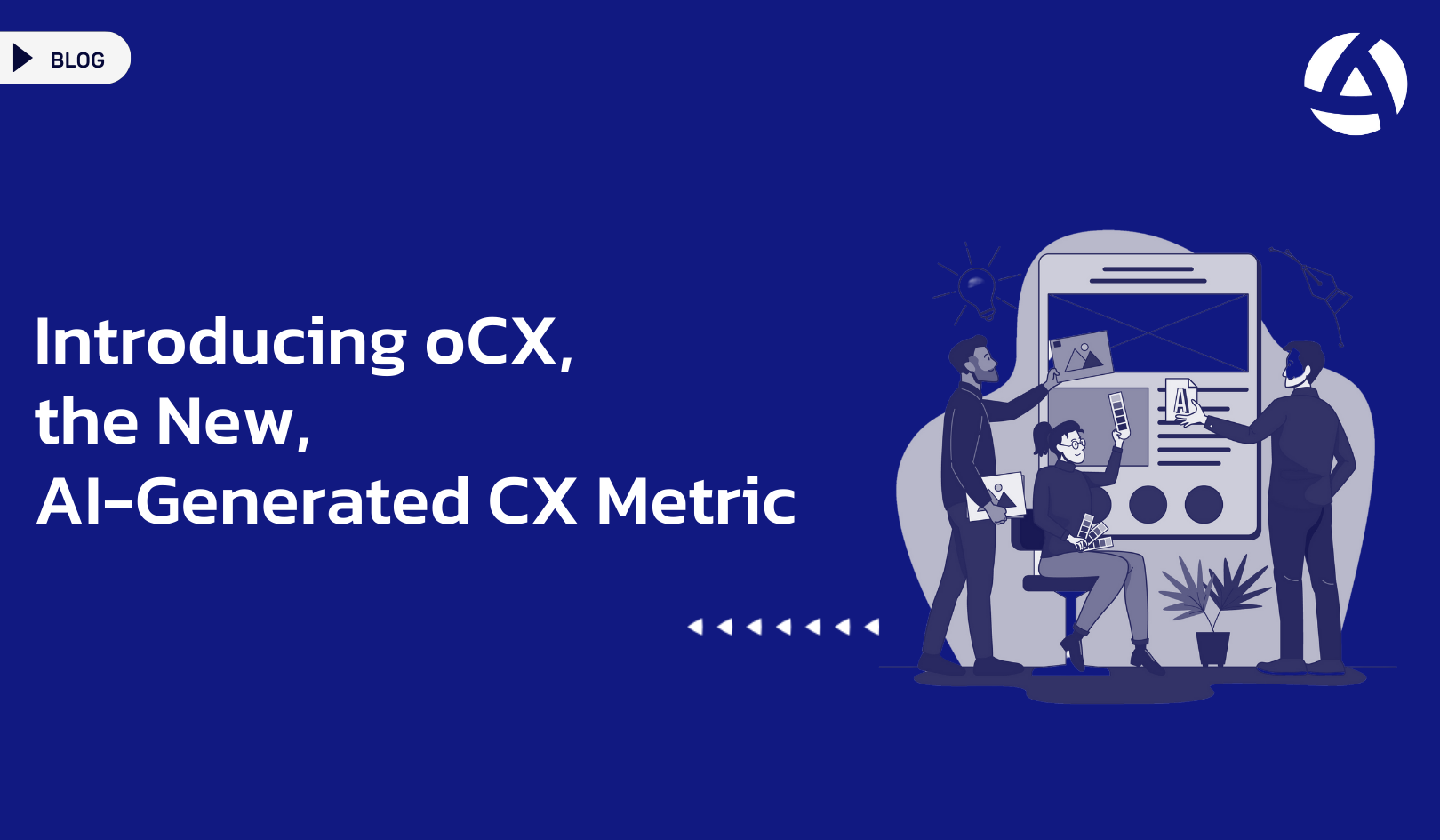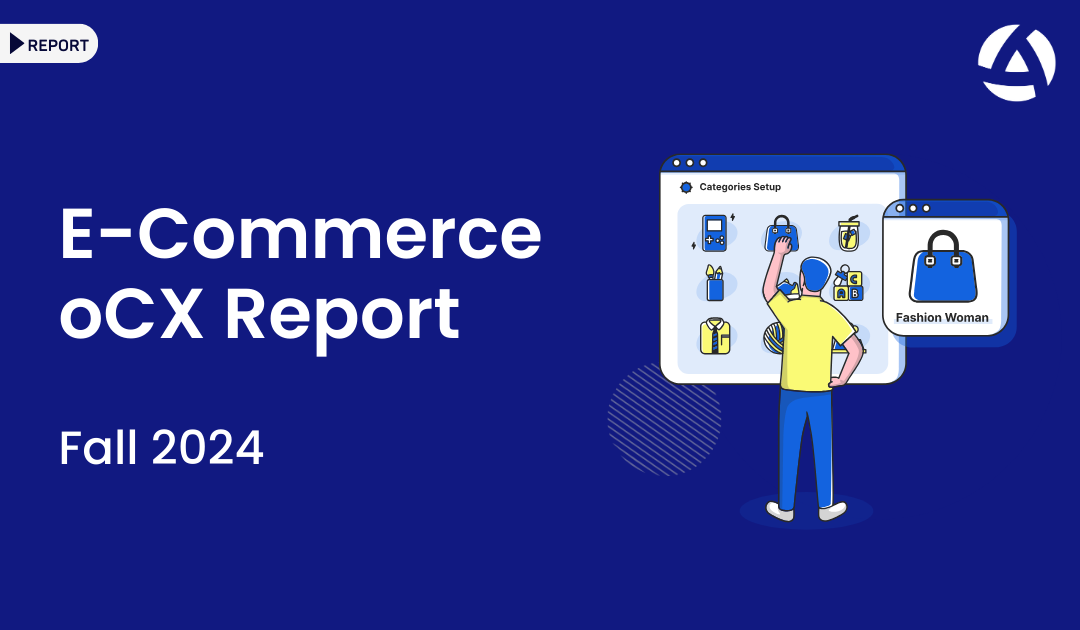Personalized interactions have become a cornerstone of excellent customer experiences. By leveraging customer feedback software, businesses can gain the insights needed to create tailored engagements that meet individual needs and preferences.
How Customer Feedback Software Enables Personalization
Customer feedback software plays an essential role in collecting and analyzing feedback from multiple touchpoints. This software allows businesses to better understand customer preferences, behaviors, and expectations, leading to more personalized interactions.
Key functions of CFS include:
- Survey management: Collecting structured feedback through surveys helps identify specific customer needs.
- Sentiment analysis: Understanding the emotional tone behind customer comments provides deeper insights into their satisfaction.
- Data integration: Feedback from various platforms can be combined to create a holistic view of customer interactions.
Benefits of Personalizing Customer Interactions
Personalized interactions are more likely to foster positive experiences, which lead to customer loyalty and satisfaction. Businesses that utilize customer feedback software can:
- Increase customer engagement
- Build stronger relationships through tailored communication
- Address customer concerns proactively before they escalate
Steps to Improve Personalization Using Customer Feedback Software
To enhance personalization, businesses can take several steps with the help of customer feedback software:
- Segment the audience: Use the software to segment customers based on their feedback, preferences, and behaviors.
- Automate feedback analysis: Automatically categorize feedback by theme or sentiment to quickly identify areas for improvement.
- Act on real-time insights: Implement changes based on immediate feedback to demonstrate responsiveness to customer needs.

Frequently Asked Questions
How does CFS help improve personalized interactions?
CFS collects and analyzes customer input, enabling businesses to understand preferences and behaviors, which leads to more tailored and relevant interactions.




